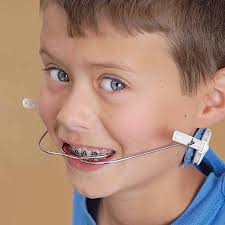Gutter Pairs: Stamp of 1926 Overprinted (Germany, Saarland 1927)
Stamp of 1926 Overprinted (Germany, Saarland 1927)
01 October (Germany, Saarland ) within release Welfare Fund - Optd '1927-28' goes into circulation Gutter Pairs Stamp of 1926 Overprinted face value 2*(1.50+1.50) French franc
| Gutter Pairs Stamp of 1926 Overprinted in catalogues | |
|---|---|
| Michel: | Mi: DE-SL 125ZW |
Gutter Pairs is horizontal format.
HORIZONTAL GUTTER PAIRSAlso in the issue Welfare Fund - Optd '1927-28':
- Gutter Pairs - Stamp of 1926 overprinted face value 2*(20+20);
- Se-tenant - Stamp of 1926 overprinted face value 2*(20+20);
- Se-tenant - Stamp of 1926 Overprinted face value 2*(40+40);
- Gutter Pairs - Stamp of 1926 Overprinted face value 2*(50+50);
- Stamp - Stamp of 1926 Overprinted face value 1.50+1.50;
- Gutter Pairs - Stamp of 1926 Overprinted face value 2*(1.50+1.50);
Gutter Pairs Stamp of 1926 Overprinted it reflects the thematic directions:
help, especially in the form of money, given freely to people who are in need, for example because they are ill, poor, or have no home, and organizations that provide this help: She does a lot of work for charity.
Biologically, a child (plural: children) is a human being between the stages of birth and puberty. The legal definition of child generally refers to a minor, otherwise known as a person younger than the age of majority. Child may also describe a relationship with a parent (such as sons and daughters of any age) or, metaphorically, an authority figure, or signify group membership in a clan, tribe, or religion; it can also signify being strongly affected by a specific time, place, or circumstance, as in "a child of nature" or "a child of the Sixties". There are many social issues that affect children, such as childhood education, bullying, child poverty, dysfunctional families, child labor, hunger, and child homelessness. Children can be raised by parents, by fosterers, guardians or partially raised in a day care center.
Headgear may be worn for protection against cold (such as the Canadian tuque), heat, rain and other precipitation, glare, sunburn, sunstroke, dust, contaminants, etc. Helmets are worn for protection in battle or against impact, for instance when riding bicycles or motor vehicles. There are also hats that are worn for protection from the cold
In common terminology, a baby is the very young offspring of adult human beings, while infant (from the Latin word infans, meaning 'baby' or 'child') is a formal or specialised synonym. The terms may also be used to refer to juveniles of other organisms. A newborn is, in colloquial use, a baby who is only hours, days, or weeks old; while in medical contexts, a newborn or neonate (from Latin, neonatus, newborn) is an infant in the first 28 days after birth (the term applies to premature, full term, and postmature infants).



